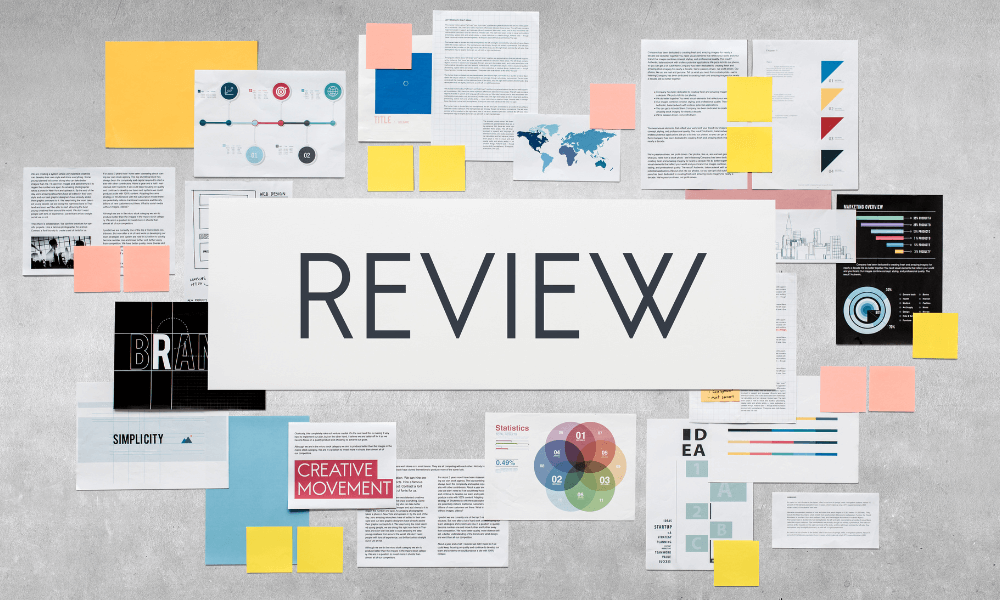
Year in Review: Cooling Energy Management and Facilities Management
As we approach a brand-new year, it is a good time to reflect on the progress that has been made in cooling energy management and facilities management. 2023 has seen significant advancements in both areas, driven by the need to reduce energy consumption, improve indoor air quality, and enhance occupant comfort.
Cooling Energy Management
One of the most important trends in cooling energy management in 2023 has been the increasing adoption of smart technologies. Smart thermostats, sensors, and data analytics are being used to optimize cooling systems and reduce energy consumption. For example, smart thermostats can learn occupant behavior and adjust temperatures accordingly, while sensors can monitor temperature and humidity levels and trigger adjustments to the cooling system.
Another important trend in cooling energy management has been the focus on natural refrigerants. Natural refrigerants, such as ammonia and carbon dioxide, are more environmentally friendly than traditional refrigerants, such as hydrofluorocarbons (HFCs). HFCs are greenhouse gases that contribute to climate change.
Facilities Management
In facilities management, there has been a focus on improving operational efficiency and reducing costs. This has been achieved through the use of technology, such as building automation systems (BAS) and asset management software. BAS can be used to monitor and control building systems, such as heating, ventilation, and air conditioning (HVAC), lighting, and security. Asset management software can be used to track and manage building assets, such as equipment, furniture, and fixtures.
There has also been a focus on improving occupant comfort and satisfaction. This has been achieved through the use of technology, such as occupant engagement platforms and indoor air quality monitoring systems. Occupant engagement platforms allow occupants to provide feedback on their comfort levels, while indoor air quality monitoring systems can detect and track pollutants in the air.
Looking Ahead
In the coming years, we can expect to see continued advancements in cooling energy management and facilities management. Some of the key trends that we can expect to see include:
- The continued adoption of smart technologies
- The use of artificial intelligence (AI) to optimize building systems
- The development of new and more efficient cooling technologies
- A focus on sustainability and greenhouse gas reduction
These trends will help to reduce energy consumption, improve indoor air quality, and enhance occupant comfort.
Resources:
ASHRAE: https://www.ashrae.org/
BOMA International: https://www.boma.org/
EEA: https://www.energyefficiencyalliance.org/
FMI: https://www.fmi.org/